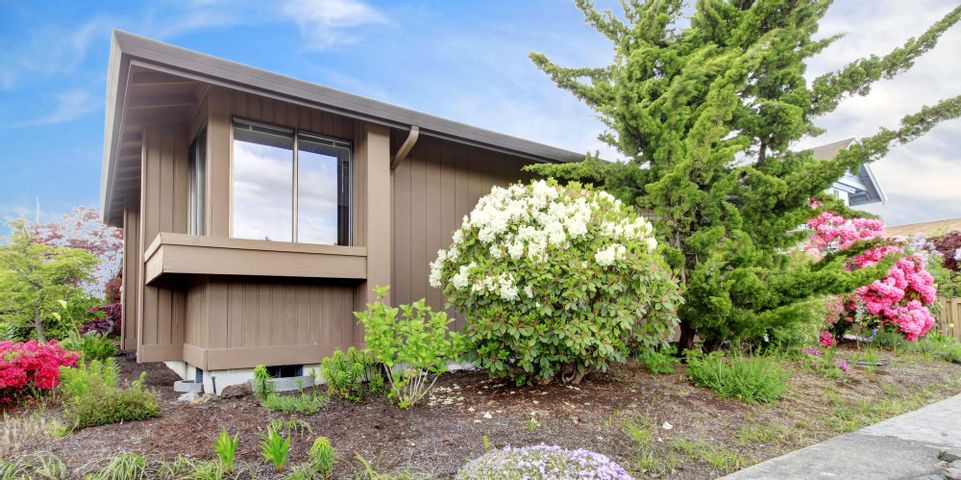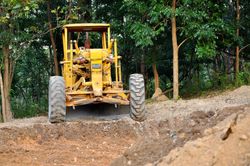
Slope or grade is a necessary component around your home’s foundation, but many owners do not realize just how vital this measurement is in correcting drainage problems. Below is a guide to land grading and other important facts to consider.
What Is Land Grading and the Benefits It Offers?
When structures are built, the ground must be leveled and prepared so that foundations are based on solid areas. The land around your home also needs to be set at a slope for optimal drainage. Without the right angle, water will not filter away from your foundation, which can lead to soil erosion and water damage. Land that is flat, not sloped enough, or sloping toward the property will need to be remedied.
The process involves moving dirt and filling in areas using grading equipment such as bulldozers and scrapers so that a leveled ground is set for building and a slope is created to draw runoff away from the foundation.
Besides avoiding water troubles, land grading comes with other benefits. Concrete foundations and driveways are protected from pooling water that will degrade the material. It will also prevent mold and mildew from developing inside cracks as well as in areas where leaks and flooding are a problem. Because proper drainage is maintained, your landscape will be healthier. The soil will remain in place and will retain moisture and nutrients for vegetation.
Calculating Slope
 Most land grading professionals agree that proper slope from the foundation should be about six inches for the first 10 feet, which is about five percent.
Most land grading professionals agree that proper slope from the foundation should be about six inches for the first 10 feet, which is about five percent.
Testing the slope will determine if you are in range or if you need to move soil to correct levels. There are various mathematical equations like “rise over run” that you can use. Rise is the change in the vertical distance which is then divided by the run or change in horizontal distance. The result is your current grade.
You can also set a stake near your foundation and another stake ten feet down the slope. Tie one end of a string around your foundation stake and let it rest on the ground. Tie the other end on the second stake and move the string to make it level (use a string level for accuracy). Measure the distance from the string on the ground-level stake and if it is six inches, the soil levels are adequate. If not, you will need a land grading professional to fix it.
For land grading in Asheboro, NC, L&G Buildings and Concrete is the company to call. The family-owned company offers a range of services from metal buildings to pouring concrete foundations and driveways. Their team will work with your schedule and budget to help your project run smoothly for a satisfying result. For an appointment or quote, call (336) 521-9787. Go on the website for a look at their gallery.
About the Business
Have a question? Ask the experts!
Send your question

